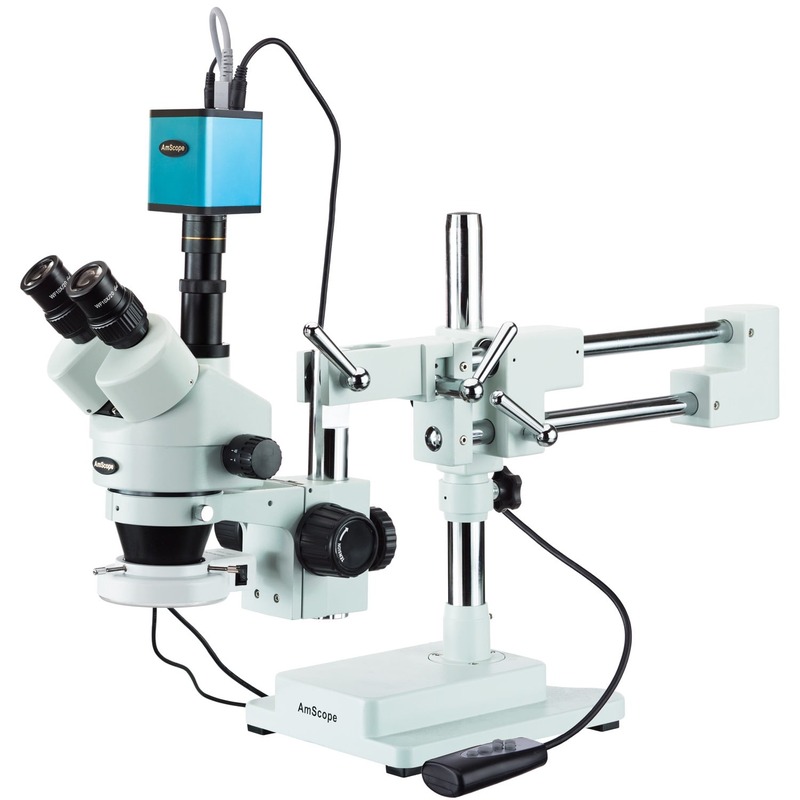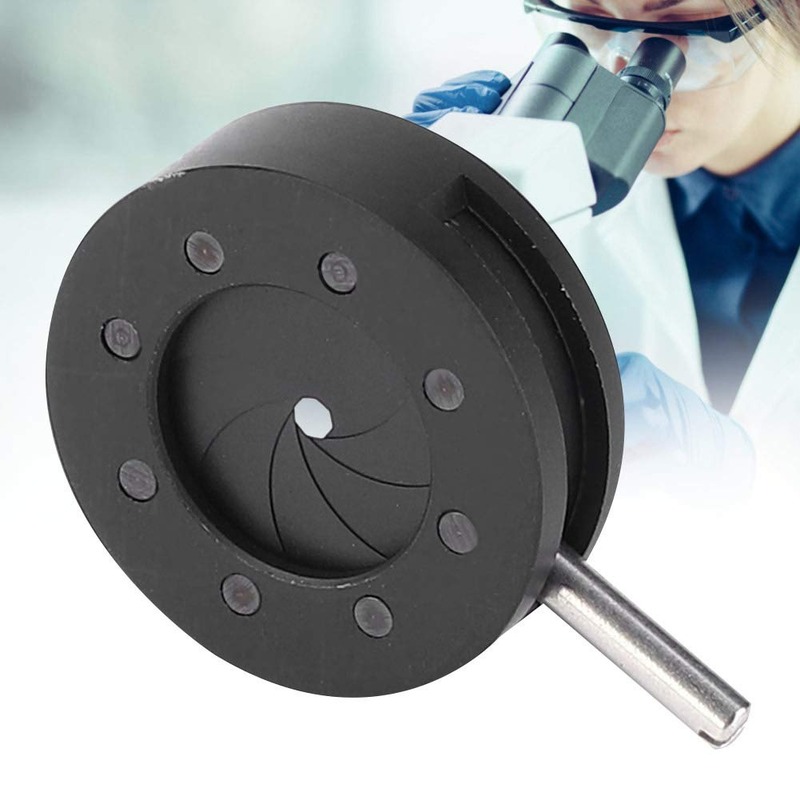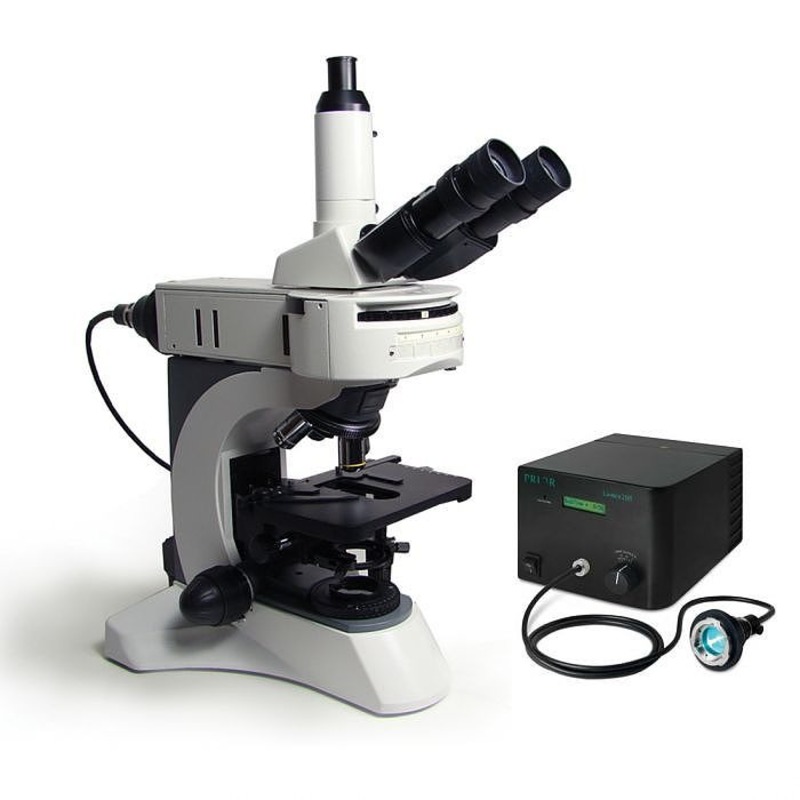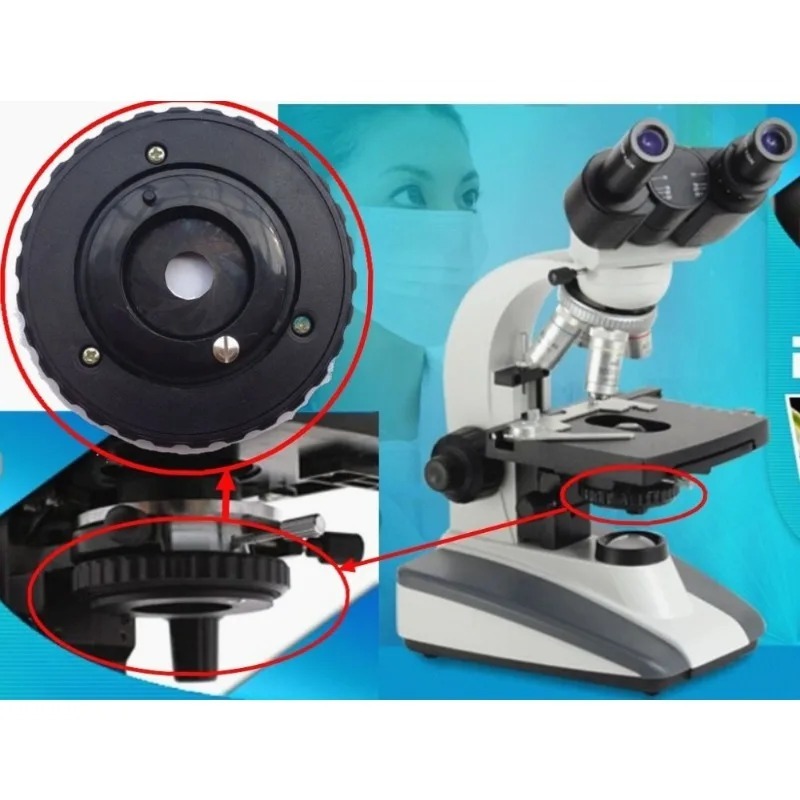Introduction to Microscope Diaphragms
A microscope diaphragm is a crucial component. It shapes the light that passes through the sample. Diaphragms can be adjustable or fixed, depending on the microscope design. This part sits beneath the stage. It is usually above the light source. Explore the diaphragm microscope function.It controls the amount and angle of light that reaches the lens.
By turning the diaphragm, you fine-tune the light’s intensity. This action affects the contrast and resolution of the image. For clear viewing, you need proper diaphragm adjustment. This will reduce glare and improve detail visibility.
Some common diaphragm types include the iris, disk, and slider. Each type has its function. The iris diaphragm, for example, adjusts like a camera aperture. This makes it versatile for various lighting conditions.
In microscopy, understanding the diaphragm microscope function is vital. It ensures accurate and clear observations. As we explore further, we will discuss how diaphragms work. We’ll also examine their impact on image quality. Proper use makes a significant difference in microscopy results.

The Role of the Diaphragm in Light Control
The diaphragm in a microscope plays a vital role in managing light. It adjusts the amount of light that reaches the specimen. This is key for enhancing the image. A well-controlled light beam means clearer, sharper images. It can also minimize glare that obscures details. Thus, understanding the diaphragm microscope function is crucial for optimal viewing.
Too much light can wash out an image. It can harm delicate specimens too. The diaphragm prevents this by restricting light flow. With less light, one can see the contrast better. This brings out the finer details in the specimen. It’s a balance between too much and too little light. The diaphragm helps achieve this balance.
The diaphragm also directs light from different angles. This can highlight certain features of a specimen. For example, side lighting can reveal texture. Controlling light angle can show three-dimensional structures. This makes the diaphragm more than a light valve. It’s a tool for exploring the mysteries hidden in microscopic worlds.
In summary, the diaphragm’s function is essential in microscopy. It gives controllable lighting, crucial for high-quality images. It aids in studying specimens without damage. Proper light control ensures clear, detailed observations in the microscopic field.
Types of Diaphragms in Microscopy
Microscopes come with different diaphragms. Each type serves a specific purpose. Here, we explore the common diaphragms found in microscopes.
Iris Diaphragm
The iris diaphragm is the most common. It looks like a camera’s aperture. It can open or close to various diameters. This allows fine control over the amount of light. It’s ideal for changing light conditions.
Disc Diaphragm
A disc diaphragm has fixed aperture sizes. You rotate the disc to switch between them. It offers less flexibility but is simple to use. It’s commonly found in basic microscopes.
Slider Diaphragm
The slider diaphragm offers a range of slits or holes. You slide it into position to adjust light. It’s a blend of the iris and disc models. This provides more options for light control.
Knowing these types helps you use them effectively. The right diaphragm microscope function leads to better image quality. Always choose the diaphragm that suits your lighting needs. Proper selection and use are key to excellent microscopy results.
Adjusting the Diaphragm for Optimal Viewing
To achieve optimal viewing outcomes in microscopy, it’s important to understand how to adjust the diaphragm correctly. The process varies slightly depending on the type of diaphragm your microscope has, but the goal remains the same: to enhance the quality of the image by manipulating light.
When using an iris diaphragm, start with it fully open. Slowly close it and observe the changes in contrast and depth. When details become sharp without reducing brightness excessively, you’ve likely found the ideal setting.
For microscopes with a disc diaphragm, select the hole that provides sufficient illumination without causing glare. It may take some trial and error to find the best aperture size for the specimen at hand.
In the case of a slider diaphragm, slide in the element that seems most appropriate for your lighting situation. Similar to the disc, this often requires experimenting to get it just right.
Remember, the key to diaphragm adjustment is to find a balance. You want enough light to clearly observe the sample, but not so much that it washes out the image. Adjusting the diaphragm should always be done in conjunction with the microscope’s focus controls for the greatest clarity.
By understanding diaphragm microscope function and practicing these adjustments, you can significantly improve your visual experience and the overall quality of your microscopic observations.
The Impact of Diaphragm Setting on Image Quality
The diaphragm setting is a pivotal factor for image quality in microscopy. When adjusted properly, it significantly influences the resolution and clarity of the image observed. Here’s how the diaphragm setting affects image quality:
- Contrast Enhancement: Precision in diaphragm adjustment sharpens the contrast. It enables the observer to distinguish the subtle differences in the specimen.
- Resolution Improvement: By controlling the amount of light, the diaphragm enhances resolution. This presents a more detailed view of the microscopic elements.
- Depth of Field: Adjusting the diaphragm affects the depth of field. A smaller aperture can increase the depth field, bringing more of the specimen into focus.
- Glare Reduction: A proper diaphragm setting helps to minimize glare. This ensures that the finer details are not obscured by too much light.
- Specimen Protection: It also protects samples from damage due to excessive light exposure. This is crucial when observing live cells or delicate structures.
In summary, mastering the diaphragm microscope function is essential for quality imaging. It allows one to explore specimens with enhanced visibility and detail. Accurate adjustments lead to improved observations and scientifically valuable results. Remember, while adjusting the diaphragm, take your time to find the sweet spot where contrast, resolution, and depth are all optimized.

Diaphragm Microscope Function in Different Types of Microscopy
The function of the diaphragm varies across different types of microscopy. Each microscopy discipline uses the diaphragm to its specific advantage. Here’s how the diaphragm plays its role in different microscopy contexts:
- Brightfield Microscopy: In this common form of microscopy, the diaphragm regulates light to prevent glare. It helps enhance contrast in the specimens viewed against a bright background.
- Darkfield Microscopy: The diaphragm is crucial here. It blocks most light, allowing only oblique light to reach the specimen. This results in a bright specimen on a dark background.
- Phase Contrast Microscopy: Diaphragms work with phase plates to amplify differences in refractive index. They aid in viewing transparent specimens that are otherwise hard to see.
- Fluorescence Microscopy: A specialized iris diaphragm helps control the intensity of the excitation light. This preserves the fluorescence of the sample and prevents photo-bleaching.
- Confocal Microscopy: The diaphragm, often an adjustable iris, plays a part in focusing light to a point. This helps in creating sharp, three-dimensional images of the specimen layers.
Understanding the diaphragm microscope function specific to each type can improve image quality greatly. Whether you work with live cells, mineral slices, or fluorescent proteins, knowing how to control the diaphragm can reveal the fine details that matter.
Common Misconceptions About Microscope Diaphragms
Microscopy involves fine details and precision. However, misconceptions often arise around the use of diaphragm microscope functions. Let’s debunk some common myths.
- Myth 1: Diaphragms Are Only for Light Control: While it’s true that controlling light is a key aspect, it’s not the sole function. Diaphragms also enhance contrast and help to protect delicate specimens.
- Myth 2: The Smaller the Opening, the Better the Resolution: This is not always correct. A very small aperture can reduce brightness too much. It can affect visibility and degrade the image quality.
- Myth 3: All Microscopes Have the Same Diaphragm: Different microscopes come with various diaphragms. Each type, from iris to slider, serves a specific role. They cater to different imaging needs.
- Myth 4: Diaphragms Don’t Affect Depth of Field: In fact, diaphragms considerably influence depth of field. A smaller opening increases depth, allowing more of the specimen to be in focus.
- Myth 5: Once Set, the Diaphragm Doesn’t Need Adjusting: The truth is, you may need to adjust the diaphragm as you change magnification or if the lighting conditions shift.
By understanding the true diaphragm microscope function, you can improve your microscopy skills. Know that proper use and adjustment are critical for high-quality imaging.

Maintaining and Cleaning Microscope Diaphragms
Proper maintenance of diaphragm microscope function is key. Keeping diaphragms clean ensures they work well. Follow these simple steps to take care of your microscope’s diaphragm.
- Regular Inspection: Regularly check the diaphragm for dust or debris. Small particles can interfere with light control.
- Gentle Cleaning: Use a soft brush to gently remove any dust. If needed, wipe the diaphragm with a damp cloth. Be sure it’s not too wet. You do not want to damage any parts.
- Avoid Harsh Chemicals: Do not use harsh chemicals for cleaning. They can harm the diaphragm and affect its function.
- Proper Handling: Handle the diaphragm with care during maintenance. Be gentle to avoid bending or breaking it.
- Consult the Manual: Refer to your microscope’s manual for specific care instructions. Manufacturers often provide the best advice for their models.
Remember, the diaphragm is delicate. Treat it with care to keep your viewing experience sharp. Light control depends on a clean and functional diaphragm. With proper maintenance, your microscope will deliver clear images for a long time.





